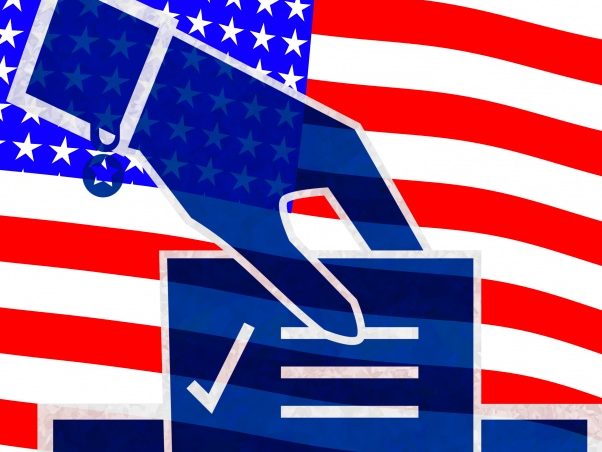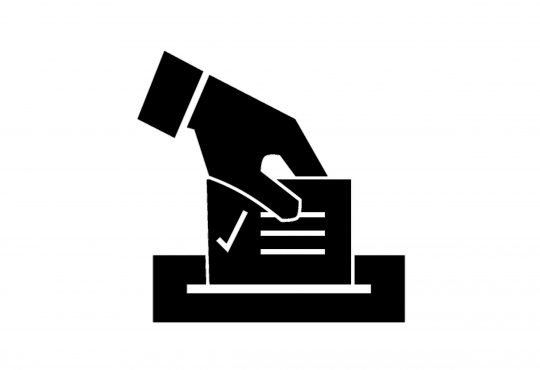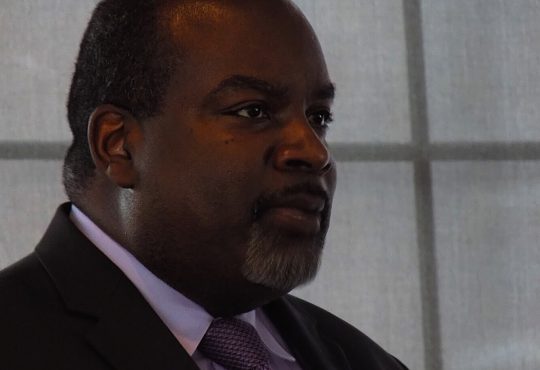
The midterm elections are coming up in November, and this year they are highly competitive. 35 seats in the Senate and all 435 seats in the House are up for re-election, and many candidates are running against incumbents. Incumbents are senators and representatives who have run unopposed or with very little competition in their districts and therefore have been in their positions for many years.
A lot of local races have garnered national attention. One example is the race for Texas’ 21st Congressional district, where Beto O’Rourke is running against long-time incumbent Ted Cruz. Beto O’Rourke is running as a Democrat in a very conservative area, and videos of him speaking on such issues as NFL players kneeling during the national anthem and the role of black women in society have gone viral in recent months.
The midterm elections are receiving a lot of attention this year, but the midterms historically have a low voter turnout. According to FairVote.org, the typical turnout for presidential elections is about 60 percent of the voting-age population while midterms only get about a 40 percent turnout.
This is a low voter turnout to begin with, but studies show that by far the demographic that votes the least is young people.
There are many organizations that study this phenomena and work to get college students involved in politics. One of these is the Campus Vote Project, which discusses student voting not only in national elections but in local ones as well.
“Young adults (ages 18-29) made up about 21 percent of the voting eligible population in 2014, but voter turnout for this demographic has reached record lows in recent years,” their website said.
“In midterm elections … and in off-year elections like 2015, local offices are on the ballot and can be decided by a matter of a few votes. Local offices and issues have a direct impact on a student’s home and college community. Officials make decisions on topics like student debt, funding for higher education, and the economy,” their website continued.
The Campus Vote Project has collected some worrying statistics on this subject. According to their website, in 2008 1.7 million people between the ages of 18 and 24 were not registered to vote. The number continued to rise, and in 2014 only 42 percent of people aged 18-24 were registered, which was a record low.
The numbers of young people voting rose slightly in the 2016 election. According to Inside Higher Education, “Turnout increased by more than three percent in 2016 compared to the previous presidential election.”
“Turnout was 48.3 percent in 2016, compared to 45.1 percent in 2012. Among those who were registered to vote, 68.5 percent voted in 2016, compared to 65.3 percent in 2012,” the website continued.
So while the numbers are rising, they are still fairly low. Many of the state voting registration deadlines have passed at this point, but there are still many options for students who want to engage in politics. There are opportunities to volunteer at local polling places. Students can also call their representatives in their home states and encourage them to vote certain ways on issues that they care about. Information for individual senators and representatives is located atv senate.gov and leg.wa.gov.
People aged 18-24, many of whom are college students, are the future of this country. Being engaged in shaping the country that we live in ensures our future.




